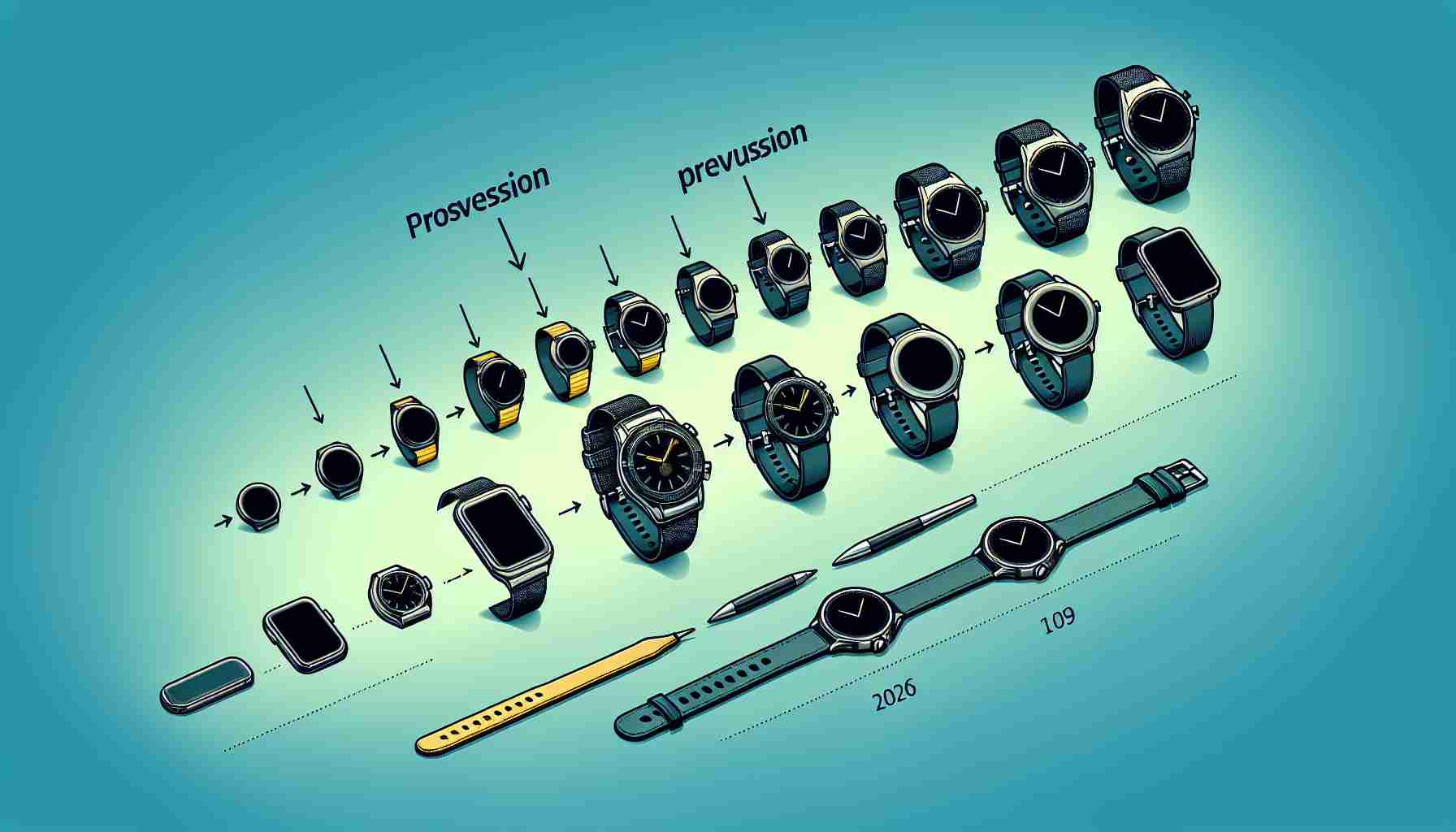Garmin’s Venu Series Bags Editor’s Choice
Garmin’s ascent in the smartwatch market is marked by the Venu series, with the Venu 3 impressing users and critics alike, securing the Android Authority’s Editor’s Choice award. Features such as a broad span of activity profiles and enhanced recovery tools underscore the brand’s commitment to high-quality health and fitness tracking. With anticipation building, tech enthusiasts and athletes alike are eager to see what the Venu 4 might bring.
Predicting the Garmin Venu 4’s Upgrades
Though the Venu line is not on the immediate horizon, the prospect of a Venu 4 is alive with potential. Users are particularly eager for the inclusion of specialized training profiles for triathletes and enhancements to recovery analytics. Garmin’s fitness ecosystem offers a variety of options for consumers, which means certain features may jump across product lines. There is a distinct possibility that the Venu 4 will inherit improved training and recovery features, benefiting from the brand’s larger stable of devices.
A Wishlist for Future Venu Innovations
With the bar set high by the Venu 3, enthusiasts have few qualms but several wishes for the next iteration. One such desire is for seamless LTE connectivity allowing athletes to leave their phones behind while retaining essential communication capabilities. Another advancement that users hope for is wireless charging capability, a convenience that could realign Garmin with its smartwatch competitors.
Variety and Functionality in Focus
Alternative designs are also on the wishlist, with calls for vibrant and diverse colorways to personalize the user experience. And to match the user interface side of personalization, a broader range of third-party apps is a much-desired improvement for future Venu models.
Anticipation for the Next Gen Venu
Considering the Venu’s past release pattern, speculators are thumbing through their calendars in anticipation of a Venu 4 release, perhaps in the year 2025. While some may hold out for the next big thing, others find the Venu 3, with its powerful fitness-tracking capabilities and smart features, to be an excellent companion that fits well on the wrist and suits current wearable technology needs.
Garmin’s Accomplishments in the Wearable Technology Space
Garmin has made significant strides in the wearable technology market, distinguishing itself with a focus on robust fitness and health tracking features. Notably, the Venu series represents Garmin’s venture into a more lifestyle-oriented smartwatch, whilst retaining the brand’s heritage of sports and activity tracking precision. This duality has helped Garmin attract a wider audience beyond just the fitness enthusiasts.
Most Important Questions and Answers
What distinguishes the Garmin Venu series from other Garmin smartwatches?
The Venu series is notable for its high-resolution AMOLED display, which sets it apart from other Garmin watches that typically use transflective displays. This provides a more vibrant screen, catering to users who prioritize display quality in addition to strong fitness features.
How does the Venu series fit into Garmin’s product ecosystem?
The Venu series slots into Garmin’s lineup as a crossover device that appeals to both serious athletes and those looking for a lifestyle smartwatch with robust health and fitness capabilities. It complements Garmin’s other series like the Forerunner and Fenix, which are more geared towards dedicated sports training.
Challenges and Controversies
A key challenge for Garmin is to balance the technical demands of sports enthusiasts with the usability and convenience that casual users expect from a smartwatch. The series must continue to innovate without diluting its strong fitness tracking heritage. Additionally, Garmin faces stiff competition from other smartwatch manufacturers, such as Apple and Samsung, particularly in areas like third-party app ecosystems and smart features.
Advantages and Disadvantages of the Garmin Venu Series
Advantages:
– Highly accurate fitness and health tracking capabilities.
– Durable build quality, suitable for a range of physical activities.
– The inclusion of an AMOLED display enhances visual clarity and user experience.
– Long battery life compared to other smartwatches with similar displays.
Disadvantages:
– Limited third-party app support compared to competitors like Apple Watch and Samsung Galaxy Watch.
– Generally higher price point, which may be a barrier for some consumers.
– No LTE connectivity in current models, limiting standalone functionality.
– Lack of wireless charging, which is now a common feature in the smartwatch market.
If users wish to learn more about Garmin and its range of products, they can visit the Garmin website directly at Garmin.
